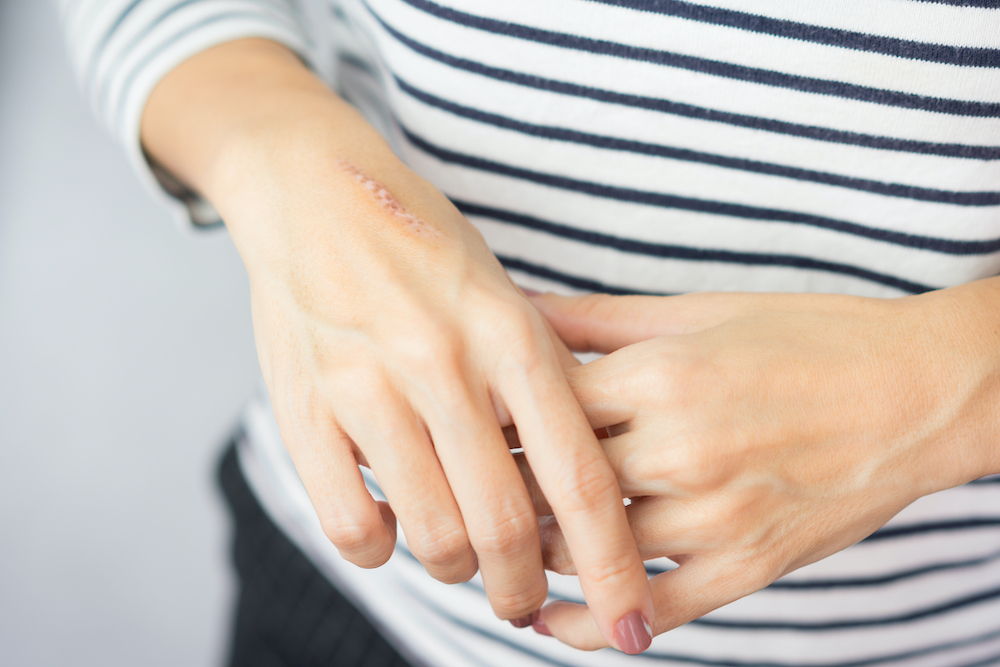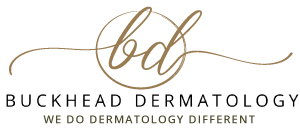How to Treat Contact Burns

Earlier this month, we celebrated National Burn Awareness Week. Burns are a common injury experienced by people of all ages, especially young children. According to recent statistics from the American Burn Association, over 480,000 burn injuries required medical treatment in recent years.
Contact burns can happen in a number of different ways around the home. In order to protect yourself and your family, it is important that you understand how burns can happen, how to prevent them and how they should be treated.
What are the different types of burns?
When your skin comes in contact with heat, chemicals ,sunlight or even electricity, your body’s tissue is damaged resulting in a burn. There are a number of different degrees of burns depending on the severity. Burns of any degree can cause redness, swelling, blistering and scarring. More severe burns could even cause death. In addition to the burn itself, there is always a risk of infection that could cause more serious problems if not treated properly.
- First degree burns affect the outermost layer of skin
- Second degree burns affect the outermost layer and the layer beneath it
- Third degree burns damage all layers of skin and the tissues beneath it
First degree burns are the most common and many of them can be treated effectively at home. However, anytime you experience a burn, it is recommended that you seek treatment from a dermatologist to help prevent infection.
Common Causes of Household Burns
There are many reasons why you could experience a burn. Extreme sunburn is a very common factor that can result in mild to severe burns and increase your chances of developing skin cancer. However, many burns around the home happen in the kitchen. Some of the most common ways people burn themselves in the kitchen include:
- Inadvertently contacting hot pans or stove tops
- Steam or splash from boiling hot water
- Handling very hot food
- Grease fire or other open flame
Outside of the kitchen there are other burn hazards. Heating pads are a common cause of fire, so it is recommended to turn off all heating pads prior to falling asleep. Hot pavement in the summertime is another common cause of burns. Hot hair tools such as curling irons or straightening irons cause burns to the hands, arms and areas of the face.
How to Treat First Degree Burns at Home
If you have experienced a burn that has impacted the first layer of skin, you have a first degree burn. Even though these are relatively common and usually do not require medical treatment, you should take measures to treat the area yourself in order to prevent infection. Here are some tips for effectively treating a first degree burn at home:
- Apply a cold, wet compress to the area to reduce pain and swelling
- Run the burned area under cold water to prevent pain and swelling
- Apply a topical antibacterial or antiseptic ointment to prevent infection
- Apply a thin layer of petroleum jelly or other gentle product to protect the exposed skin
- Keep the area lightly covered with gauze
- Take an over-the-counter pain reliever if feeling any pain
- Monitor the burn to look for signs of infection
- If signs of infection are noticed, contact your dermatologist immediately.
Burns Should Be Taken Seriously
Even first degree burns should be treated with care. By following the tips above and avoiding some of the common causes of burns, you can help protect yourself and your family. If you do experience a burn, especially those that appear to go below your first layer of skin, contact your dermatologist right away to receive the proper treatment.
Do you need a dermatologist in the Atlanta area? Contact the office of Buckhead Dermatology today to schedule an appointment at our Atlanta or College Park office. Dr. Straughn has extensive experience in treating all skin tones, and especially skin of color. Treating a variety of skin conditions such as acne, dry skin, eczema, keloids, melasma, moles, razor bumps, spider veins and vitiligo.
